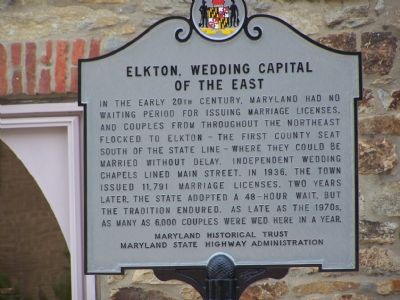
Elizabeth Miller and Louis Pater, August 1910
My friend Elizabeth O’Neal is throwing a Genealogy Blog Party so I’ve dusted off my keyboard to join in the fun. I’ve been to a few in-person parties with genealogy bloggers and I know what fun they are! The theme for this party is “What was your Genealogy ‘Duh Moment’ and how did you solve it?” Elizabeth writes:
Nobody likes to admit to making a mistake. It makes us feel silly, and we worry that others will think we’re not very smart or don’t know what we’re doing. But admitting a mistake can often help others avoid making the same errors in the future.
I agree. I’ve been researching my family’s history for almost (gulp) 30 years, and in that amount of time I’ve made more than a few mistakes. In fact, I had trouble choosing just one to highlight! But I’m going to return to my major “rookie mistake” – I’ve mentioned it at least two other times in this space over the years, but it’s a mistake I’ve seen others make so it bears repeating. Because once you learn the lesson, you won’t have that particular “Duh!” genealogy moment ever again!
Very early in my research I discovered that my great-grandfather, Louis (Ludwik) Pater, arrived in the U.S. at the age of 14 with some siblings – his parents had arrived separately with other siblings in the two preceding years. I began my research with basic facts provided by my parents, and I had wrongly assumed that each set of great-grandparents were married in the country of their birth and came here already married. I didn’t expect that one great-grandparent was just a teenager, and I was surprised to learn that his parents had immigrated. I then began my search for his future wife, Elizabeth (Elżbieta) Miller.
There was just one problem… pick a country and you will find dozens of women named Elizabeth Miller! Whether it was Ireland, England, Germany, Poland, Russia, Austria, Hungary, Slovakia, or anywhere else, there were women named Elizabeth Miller. I limited my search to Poland (or Russia, given that Poland was under Russian rule), but my mother said that Elizabeth always said she was Bohemian. Since my grandfather (her son) was born in 1912, I knew she immigrated before then, and “Bohemia” would have been part of the Austro-Hungarian Empire.
Eventually I found a teenaged girl with my great-grandmother’s name on a passenger list and I made the worst mistake any genealogist, especially a beginner, can make – I assumed it was her! She was the right age (approximately) and went to the right place (with an uncle I never heard of) and was the right ethnicity (but from the wrong country). It made more sense at the time, but you can see how ridiculous it was to assume.
I don’t remember why I jumped to that conclusion – even though I was a beginner genealogist, I was a college graduate who majored in English and wouldn’t have dared to jump to any conclusions with so little proof in any of my research papers!
I started climbing up the wrong family tree, so to speak, by doing more research on this particular Elizabeth Miller. But it wasn’t leading me to any of the other facts I knew about her.
Fortunately, I eventually started over at the beginning and re-searched the passenger lists. As I looked at the details of other appropriately aged young women named Elizabeth Miller, I found a curious thing – one that emigrated from the exact same town that my great-grandfather did. Huh, look at that…hmm, do you think?
Duh!
This time, I knew more about the Genealogical Proof Standard. This time, it was the correct person. This time, all of the details matched perfectly to facts found in other sources. This time, it was actually my great-grandmother.
So there you have it, kids, let this be a lesson – you can prevent having this same “Duh” moment by not jumping to conclusions! Do an exhaustive search. Then re-search. Resolve any conflicts. Make sure the facts match other sources. Do all of this before you declare victory and you won’t be left scratching your head for days like I did. When I found the actual record, approximately 8 years after my initial “find”, I kept repeating to myself – “They were from the same town!” Which helped explain why my great-grandparents got married only 16 months after she arrived from Poland!
[You can read more about my great-grandmother Elizabeth Pater – and how she really was technically Bohemian even though she was born in Poland – by reading this post.]






 Did you ever have a moment in your research when you realize you made a mistake? A rather dumb mistake? Well, bloggers aren’t afraid to publically humiliate themselves by drawing attention to their mistakes, because our dumb mistakes can serve as a lesson to others. What’s past is prologue, right?
Did you ever have a moment in your research when you realize you made a mistake? A rather dumb mistake? Well, bloggers aren’t afraid to publically humiliate themselves by drawing attention to their mistakes, because our dumb mistakes can serve as a lesson to others. What’s past is prologue, right?

















